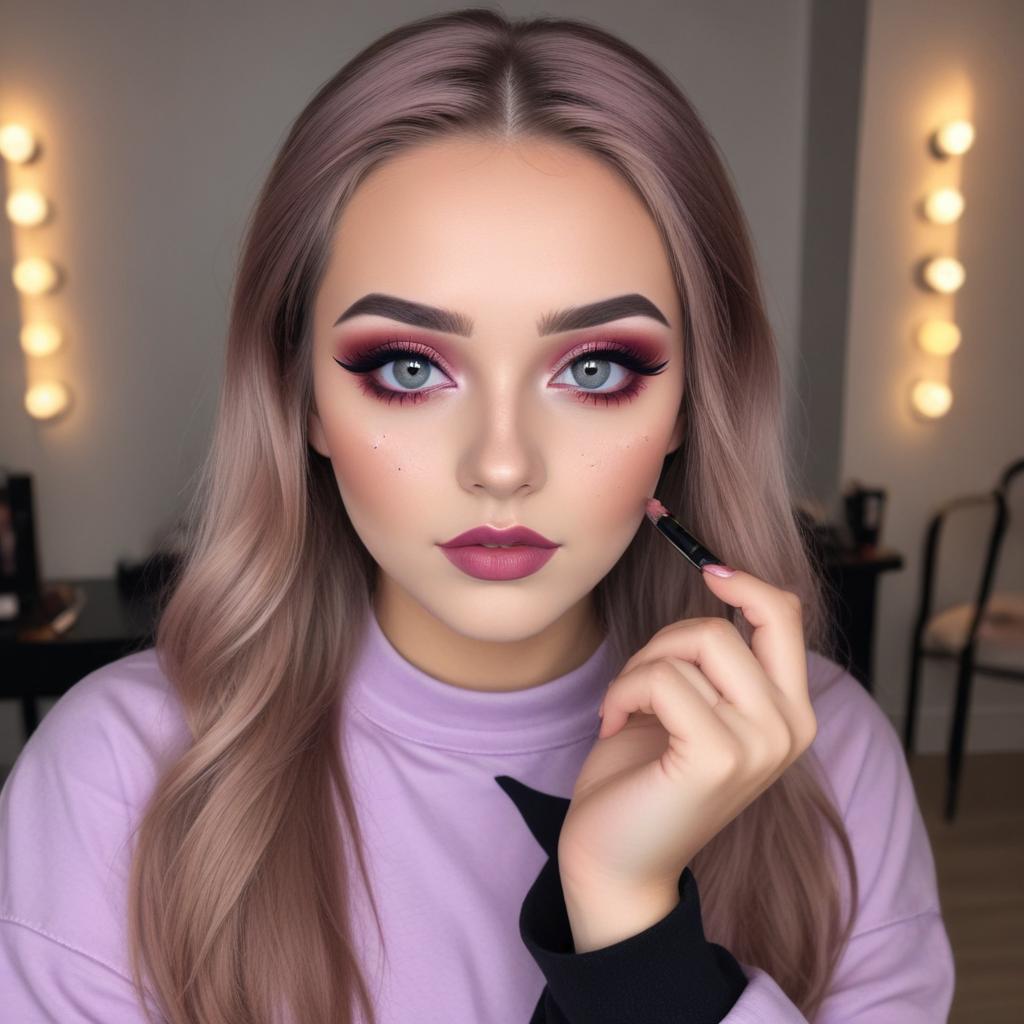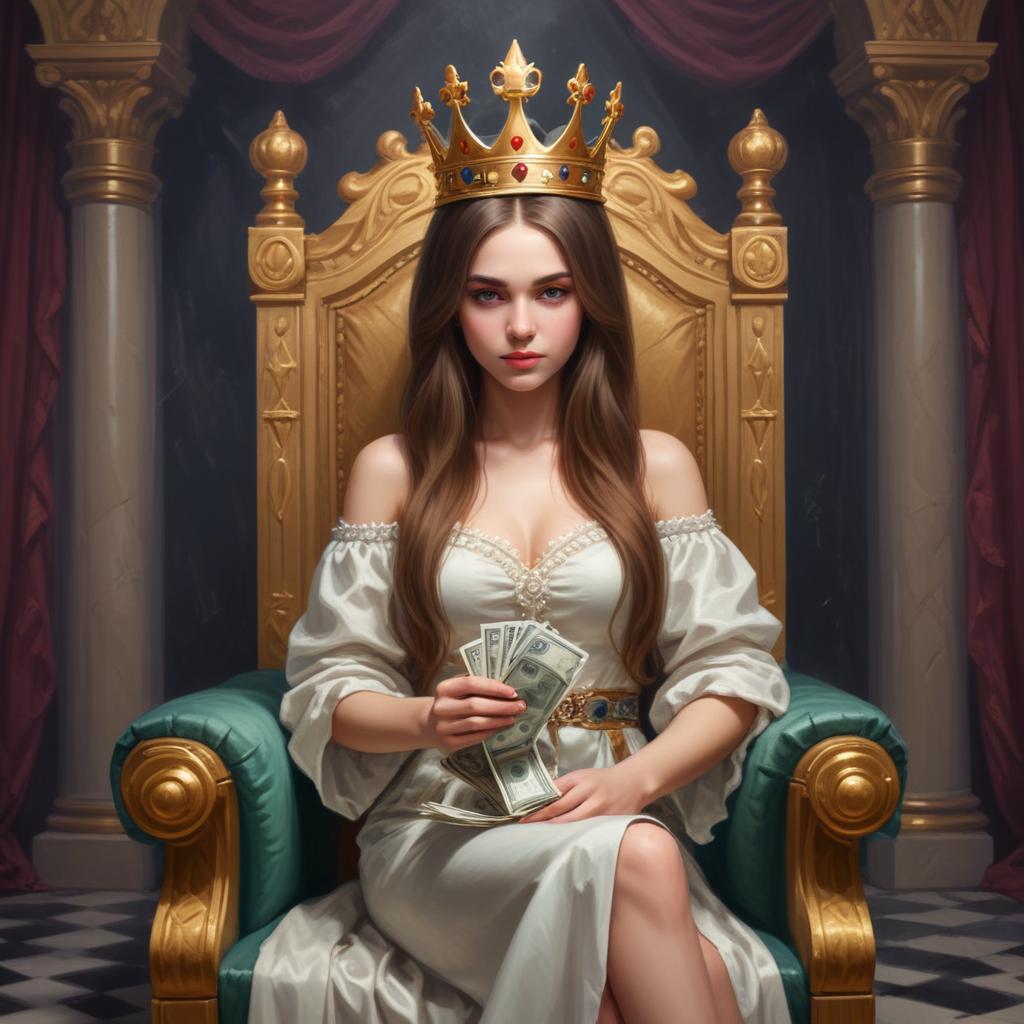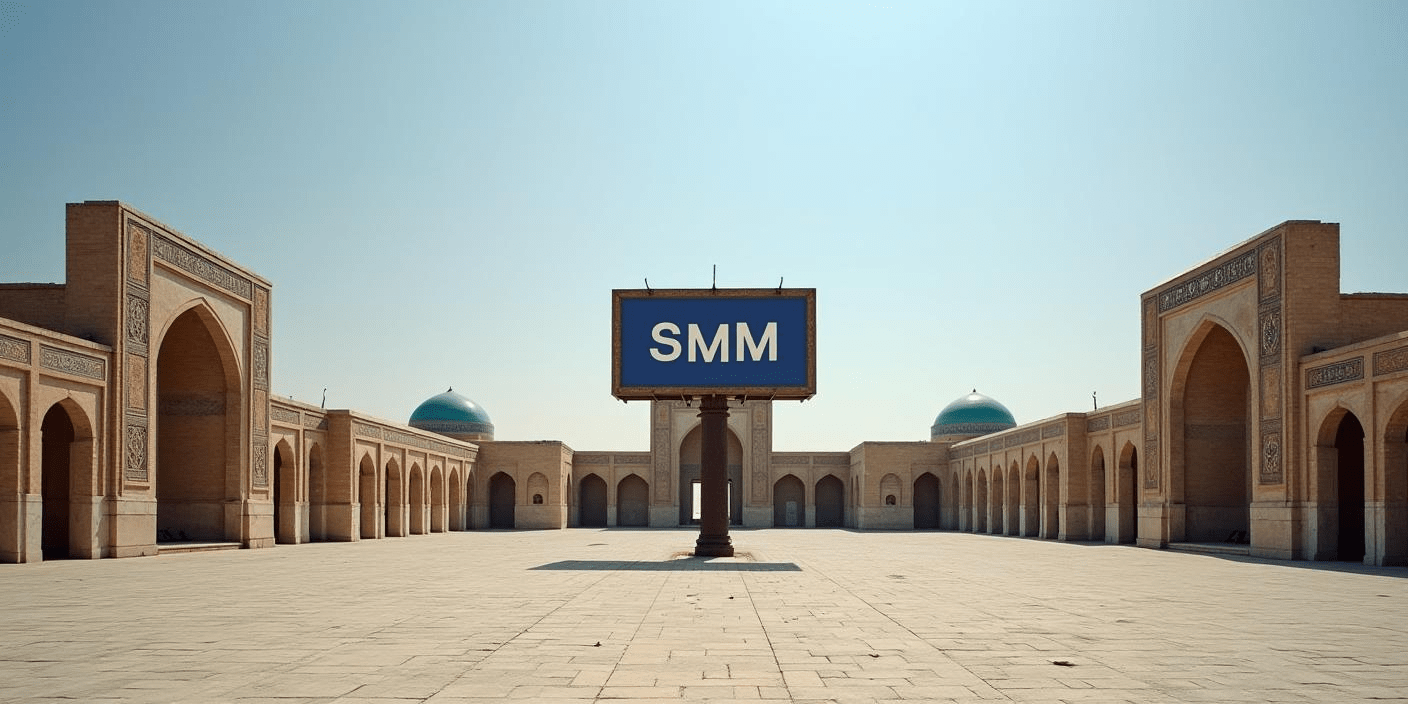At all times, people did nothing but search for the ideal. Beauty and harmony have always been an integral part of human culture. In every visual art — from architecture to painting — people have sought the ideal, expressing in forms and lines the inner symmetry, balance and aesthetics that can affect emotional and intellectual perception. Graphic design, as an art form and communication medium, is also inextricably linked to the search for these concepts. At first glance, the task of the designer is to make the product attractive. However, on a deeper level, the work of a graphic designer is related to creating a harmonious visual language that is able to convey the values and philosophy of the brand. After this article, you will understand that finding the ideal is not such a difficult task.

The Search for the Visual Ideal: from Ancient to Modern times
The idea of the visual ideal in design has a long history, rooted in ancient philosophical systems. In ancient Greece, harmony was considered the most important aspect of beauty, which was reflected in the proportions of architecture and art. Greek thinkers such as Plato and Aristotle believed that beauty was inseparable from order and proportion. This ideal has led to the development of mathematical formulas for expressing symmetry and balance, such as the famous «the golden ratio»which still finds its place in design today.
During the Renaissance, the idea of harmony gained new meanings in the works of artists like Leonardo da Vinci and Michelangelo. Their work has had a significant impact on the further development of the principles of graphic design. Moving on to modernity, Bauhaus Both the Swiss School of Design have contributed to the further understanding of beauty as minimalism, functionality and clarity of form, which together create a sense of visual harmony.
Graphic design as a philosophical act
When we talk about graphic design, we rarely think about its philosophical aspects, although it is a deeply conceptual art. The search for a visual ideal for a designer is not just a technical task, but a philosophical reflection on what beauty and harmony are, how they interact with the human consciousness and what tools can be used to convey them.
Harmony in graphic design is more than just the correct placement of elements on a page. It is a balance between functionality and aesthetics, between content and form, between emotion and logic. A good design should not only be visually pleasing, but also meet the needs of the target audience, forming a deep connection with the brand. In this sense, the work of a designer is a constant search for a compromise between the intuitive sense of beauty and the practical tasks that design must solve.

The impact of aesthetics on brand perception
Aesthetics — this is a tool through which brands can influence the perception of their audience. Visual images, colors, typography, and shapes create emotional associations that can be either subconscious or conscious. Beauty and harmony in graphic design enhances the emotional response, which means it affects how people perceive brands and their messages.
For example, the minimalist designs used by companies like Apple embody purity, innovation, and simplicity. This approach allows the brand to create a sense of lightness and intuitive clarity. At the same time, other companies can use brighter and richer designs to emphasize the creativity and emotionality of their product. In both cases, the design aesthetic directly affects the image formation and brand perception.
Harmony as a balance between form and function
An important aspect of graphic design is finding a balance between aesthetics and functionality. A design can't just be beautiful; it must be clear and easy to use. Designers are constantly faced with the problem of finding a compromise between form and function. This balance is the key to harmony, which allows the design to be not only attractive, but also effective.
Modern graphic design often focuses on minimalism, which tends to eliminate everything superfluous. There is a philosophy behind the minimalistic approach: each element has a meaning and is in its place. In this context, beauty is expressed in simplicity, clarity, and efficiency. As Mies van der Rohe said, " Less is more." A minimalistic aesthetic can give a brand a professional and technological look, while excessive design can cause the audience to feel oversaturated and chaotic.

Emotional and cognitive connection with the user
Design aesthetics shape not only visual perception, but also emotional responses. Effective design evokes the emotions that the brand wants to convey, whether it's calmness, joy, reliability, or energy. These visual cues affect the underlying mechanisms of perception, influencing purchasing decisions and overall loyalty.
For example, bright and rich colors can make the audience feel happy and playful, which is especially important for brands that target young audiences.
At the same time, muted, pastel colors can embody calm and elegance, which attracts a more mature audience that values stability and tradition. Every design element, whether it's shape, color, or texture, has an impact on the user's subconscious mind and helps brands create the desired image.
Aesthetics as a brand identity tool
Graphic design doesn't just adorn a product or service, it creates a visual brand identity. Brand identity is a combination of all visual and conceptual elements that form a unique image in the minds of the audience. The design helps to translate these elements, creating harmony between the appearance and internal values of the brand.
When a designer works on creating a logo, corporate colors, or typography, the first thing they want is for these elements to resonate with the company's philosophy. If the brand positions itself as environmentally conscious, the design may include natural colors, organic shapes, and minimalistic solutions. In contrast, tech-focused companies can opt for strict geometric shapes, bright neon colors, and futuristic fonts. Every detail helps to build the perception of the brand as unique, recognizable and holistic.
Psychology of perception in graphic design
Psychology plays an important role in creating effective graphic design. Understanding how people perceive colors, shapes, and fonts allows designers to create not just visually pleasing works, but also designs that evoke the necessary emotions and actions.
For example, red is associated with energy, passion, and excitement, while blue evokes a sense of trust and calm. Soft rounded shapes can inspire friendliness and openness, while sharp angles and straight lines can inspire rigor and professionalism. Fonts also play a role in shaping the mood: handwritten fonts can evoke associations with personality and creativity, while strict serif fonts can evoke authority and formality.

The role of color in harmony and beauty of design
Color is one of the most powerful tools in graphic design. Using it correctly can strengthen your brand perception and create an emotional connection with your audience. However, the choice of color is not only a matter of aesthetics, but also a deep philosophical search for harmony, taking into account cultural and psychological factors.
Each color carries certain symbols and associations, which may vary depending on the context. For example, in Western cultures, white is associated with purity and innocence, while in some Eastern cultures it can symbolize mourning. Proper use of the color palette helps the designer build a visual series that interacts harmoniously with the audience's perception, transmitting the desired message. Never forget and do not stop searching for the ideal-then your life will become better. better.
Symmetry and asymmetry as sources of beauty
Symmetry is one of the oldest concepts associated with beauty and harmony. The human brain intuitively perceives symmetrical objects as more ordered and pleasant. This is because symmetry in nature is often associated with health and proper development, whether it is the symmetry of faces or plants.
However, asymmetry also has its power in design. It can create interesting and dynamic compositions, attracting attention and causing surprise. Asymmetrical design is often used to emphasize originality and creativity, knocking the viewer out of their comfort zone and provoking reflection. Combined with symmetry, asymmetry can enhance the impact of a composition, creating visual harmony through contrasts and unexpected solutions.
The future of Harmony in Graphic Design: Technological and cultural trends
The issue of harmony in graphic design takes on a new meaning with the development of technology and changing cultural norms. New tools and platforms, such as artificial intelligence and virtual reality, are changing the way visual products are created. Designers of the future will have to find new ways to find harmony in the digital space, taking into account the new realities of user interaction.
In addition, modern cultural trends also affect the perception of harmony and beauty. Rethinking traditional beauty standards, inclusivity and diversity are becoming important aspects of design that will help brands to be relevant and close to the audience. Future design will focus on creating an aesthetic that takes into account the diversity of cultural and social contexts, striving for global harmony and unity.








